Downloads
 Download
Download




This work is licensed under a Creative Commons Attribution 4.0 International License.
Article
Adaptive Fixed-time Control for Multiple Switched Coupled Neural Networks
Linhao Zhao, and Boqian Li *
Australian AI Institute, Faculty of Engineering and Information Technology, University of Technology Sydney, Sydney, NSW 2007, Australia
* Correspondence: BoqianLi@student.uts.edu.au (Boqian Li)
Received: 15 July 2024
Accepted: 24 August 2024
Published: 26 September 2024
Abstract: Adaptive control is an effective approach for mitigating undesirable deviations in prescribed closed-loop plant behavior. However, conventional adaptive control methods often exhibit slow responses in various control tasks. This paper introduces a novel adaptive control method to achieve fixed-time synchronization in a class of coupled neural networks. We present coupled neural networks with multiple switching topologies and design a fixed-time adaptive control strategy for this system. Furthermore, we establish a criterion to ensure the fixed-time stability of the closed-loop system. Two numerical examples are provided to demonstrate the effectiveness and accuracy of the theoretical results.
Keywords:
coupled neural networks with multiple weights switching topology fixed-time synchronization adaptive control1. Introduction
Coupled neural networks (CNNs) have garnered significant attention due to their applications in secure communication and image encryption [1, 2]. Consequently, extensive research has been conducted on the dynamic behaviors of CNNs [3−5]. Additionally, multi-weighted network models effectively represent real-world networked systems [6, 7], such as social networks, inter-city population flow networks, and urban public traffic networks [8]. leading to considerable study on CNNs with multiple weights and their synchronization [9].
Synchronization, a collective behavior emerging from the dynamic coupling of units, is prevalent in nature, as seen in the blinking of fireflies, the beating of heart cells, and the calling of frogs [10]. Due to its importance, numerous studies have focused on synchronization in CNNs with multiple weights, extending to synchronization, output synchronization, and lag synchronization [11−13]. However, these synchronization methods often operate over infinite timescales, which is impractical for applications like robotic and vehicle platooning control [14, 15]. To address this, finite-time stability was introduced [16] and extended to finite-time synchronization [17−20]. For example, Rao et al. utilized impulsive controllers to achieve average stochastic finite-time synchronization for CNNs with energy-bounded noises [17]. Tang et al. examined finite-time synchronization for CNNs with time-varying delays and Markovian jumping topologies using an intermittent quantized control strategy [18]. Xu et al. studied finite-time synchronization in privacy-preserving complex networks [19]. Tian et al. developed a delay-independent dynamical event-triggered controller for finite-time synchronization in neural-type complex networks with intermittent couplings [20]. Finite-time synchronization has also been extended to multi-weighted network models [21−24]. For instance, Qiu et al. used feedback controllers to address finite-time synchronization in multi-weighted complex networks with and without coupling delays [21]. Xu et al. employed feedback and adaptive controllers for finite-time synchronization in fractional-order complex-valued networks [22]. Zhao et al. addressed finite-time and synchronization in CNNs with multiple state and derivative couplings using nonchattering controllers [23]. Wang et al. discussed finite-time synchronization and synchronization for CNNs with multi-state and multi-derivative couplings [24]. However, the settling time for finite-time synchronization heavily relies on the initial states, limiting its practical application.
To mitigate this limitation, fixed-time stability was proposed [25]. Research has since concentrated on fixed-time synchronization for both single-weighted [26−28] and multi-weighted network models [29−31]. For example, Chen et al. explored practical fixed-time synchronization of uncertain CNNs using dual-channel event-triggered control methods [26]. Gong et al. investigated finite-time and fixed-time synchronization in coupled memristive neural networks with time delays using appropriate controllers [27]. Guo et al. studied fixed-time synchronization for CNNs with intra-state switching and outer coupled matrix switching using feedback control methods [28]. Cao et al. focused on fixed-time output synchronization in complex networks with multiple state and output couplings using adaptive control strategies [29]. Liu et al. designed economical control strategies for fixed-time synchronization in multi-weighted complex networks [30]. Shi et al. proposed criteria for finite-time and fixed-time synchronization in multi-weighted complex networks using a unified control strategy [31]. Despite these advances, few studies have specifically addressed fixed-time synchronization for multi-weighted networks.
In CNNs, practical factors can lead to switching phenomena in the network topology, such as the addition or removal of links, external interferences in communication channels, and constrained sensing radii within engineering networks [32]. Consequently, researchers have explored synchronization in both single and multi-weighted network models with switching topologies [33−39]. For instance, Hu et al. studied sampled-data-based event-triggered synchronization in fractional and impulsive complex networks with time-varying delays and switching topologies [33]. Yang et al. focused on global exponential cluster synchronization for switched fractional-order complex networks using pinning control strategies [34]. Chen et al. examined synchronization in complex networks with mixed delays and switching topologies [35]. Yang et al. addressed synchronization issues in time-delayed complex networks with switching topologies, considering actuator faults and impulsive effects [37]. Wang et al. explored synchronization in multiple memristive neural networks with switching topologies and parameter mismatches using periodic event-triggered control methods [36]. Additionally, Wang et al. investigated synchronization in multi-weighted complex networks under attack [38]. Cao et al. explored adaptive control methods for synchronization in CNNs with switching topologies [39]. Despite these advancements, few studies have specifically addressed the fixed-time synchronization problem for CNNs with switching topologies.
Inspired by these studies, this paper focuses on adaptive fixed-time synchronization for a class of CNNs with multiple switching topologies. The main contributions are shown as follows:
1. Compared with existing works on fixed-time synchronization [26−31], this paper extends these research results to the case of multiple switching topology.
2. Based on the system model, this paper proposes a novel adaptive fixed-time control strategy and develops a criterion to ensure fixed-time synchronization for a type of CNNs with multiple switching topologies.
The rest of this paper is organized as follows: Section II provides notations and important lemmas. Section III presents the main results. Section IV offers two numerical examples, and Section V concludes the paper.
2. Preliminary
2.1. Notations
, , and denote the set of real numbers, -dimensional Euclidean space, and the space of real matrices, respectively. represents the set of natural numbers. denotes the identity matrix. represents an undirected graph that describes the connectivity interactions among nodes, where the node set is and the edge set is . We define .
2.2. Lemmas
Lemma 2.1 (Fixed-time Stability [25]). Consider a nonlinear system defined by
where the state vector and the nonlinear function . If there exists a continuous and positive definite function with radial bounds fulfilling:
1.
2. Any solution of system (1) satisfies the inequality
for parameters with and ,
then the origin of system (1) is said to be fixed-time stable, with the estimated settling time satisfying
Lemma 2.2 (Hölder’s Inequality [40]). For any vector and parameters , then
Lemma 2.3 (Kronecker Product [41]). The Kronecker product satisfies the following properties:
where refers to a constant. and stand for matrices with suitable dimension.
3. Main Results
3.1. Network Model
Consider a class of multi-weighted CNNs with the switching topology defined by
where and respectively refer to the indices of network nodes and multiple weights associated with coupling. The vector represents the state of the network. The matrices and are given. The function and the vector are also defined. The coupling strength is . The matrix indicates the internal coupling matrix. The function represents a switching signal, and we define can be described as the switching sequence
where corresponds to the sequential number assigned to the activated subsystem at time . For each , the outer coupling matrix is defined as follows:
The control input . In this paper, it is necessary for the network (4) to exhibit connectivity, and different coupling forms should possess an identical topology structure. Additionally, we assume that the function () satisfies the following inequality:
for any and some .
We define , then one has
where vector .
The error state is and satisfies
where .
Definition 3.1. For any values of , if error state fulfills
where represents a setting time and is a fixed time, then network (4) can achieve fixed-time synchronization.
3.2. Fixed-time Adaptive Control
An adaptive control strategy is designed to ensure that network (4) achieves fixed-time synchronization with the following representation:
with the corresponding adaptive law
where Parameters and . The initial value of the adaptive gain .
Remark 3.1. To achieve fixed-time synchronization in a class of CNNs with multiple switching topologies, this paper proposes the adaptive controller (8) and its adaptive law (9). Considering the system model (4) and control objective, the first term is specifically devised in the controller (8) and adaptive law (9). According to the definition of fixed-time stability, we design the second and third terms of the controller (8) and adaptive law (9), enhancing their robustness based on the principles of robust adaptive control methods.
According to (6) and (8), we can get
Theorem 3.1. If there exist some positive parameters =diag such that following inequality holds
then network (4) is fixed-time synchronization by using controller (8) and the settling time function is globally bounded by defined by
where .
Proof. Construct the following Lyapunov function for network (4)
Based on (13), one derives
According to the assumption of function , we can obtain
where diag.
Then, one has
From (16), we can derive
With the help of (3), one has
Substituting (15), (16), and (18) into (14), we can get
According to Theorem 3.1 and (3), one obtains from (19) that
Consequently, we conclude that and the estimated settling time can be derived as
Then, one can prove that .
Remark 3.2. This paper designs a novel adaptive controller (8) to assist system (4) in achieving fxied-time synchronization. Note that the proposed adaptive controller (8) can be applied in other nonlinear systems, such as vehicle platooning system [15] and memristive neural networks system [37].
Remark 3.3. This main difficulty in dealing with fixed-time synchronization for CNNs with multiple switching topologies by using the adaptive fixed-time control method comes from the switching topology, multiple weights and design of adaptive fixed-time control strategy.
4. Numerical Examples
To illustrate the theoretical results and the effectiveness of the designed fixed-time adaptive control strategy, this section provides three numerical examples.
Example 4.1. This example considers a class of CNNs with multiple switching topologies, where the network consists of five nodes with three dimensions each. Furthermore, we select a commonly used activation function [11]:
where . . The matrices are chosen as
Then, there are four probably topologies and , and could be defined by and . The corresponding outer matrices are
According to the definition of , we can obtain . By exploiting the YALMIP toolbox, we can obtain the following matrices:
Under and
Under and
We select the parameters , , , and . The fixed time is calculated as seconds. The simulation results are displayed in Figures 1 and 2. Figure 1 shows that the values of decrease to zero before the fixed time . As depicted in Figure 2, the values of converge to positive bounded values. Consequently, the network (22) achieves fixed-time synchronization, as validated by Theorem 3.1 and controller (8).
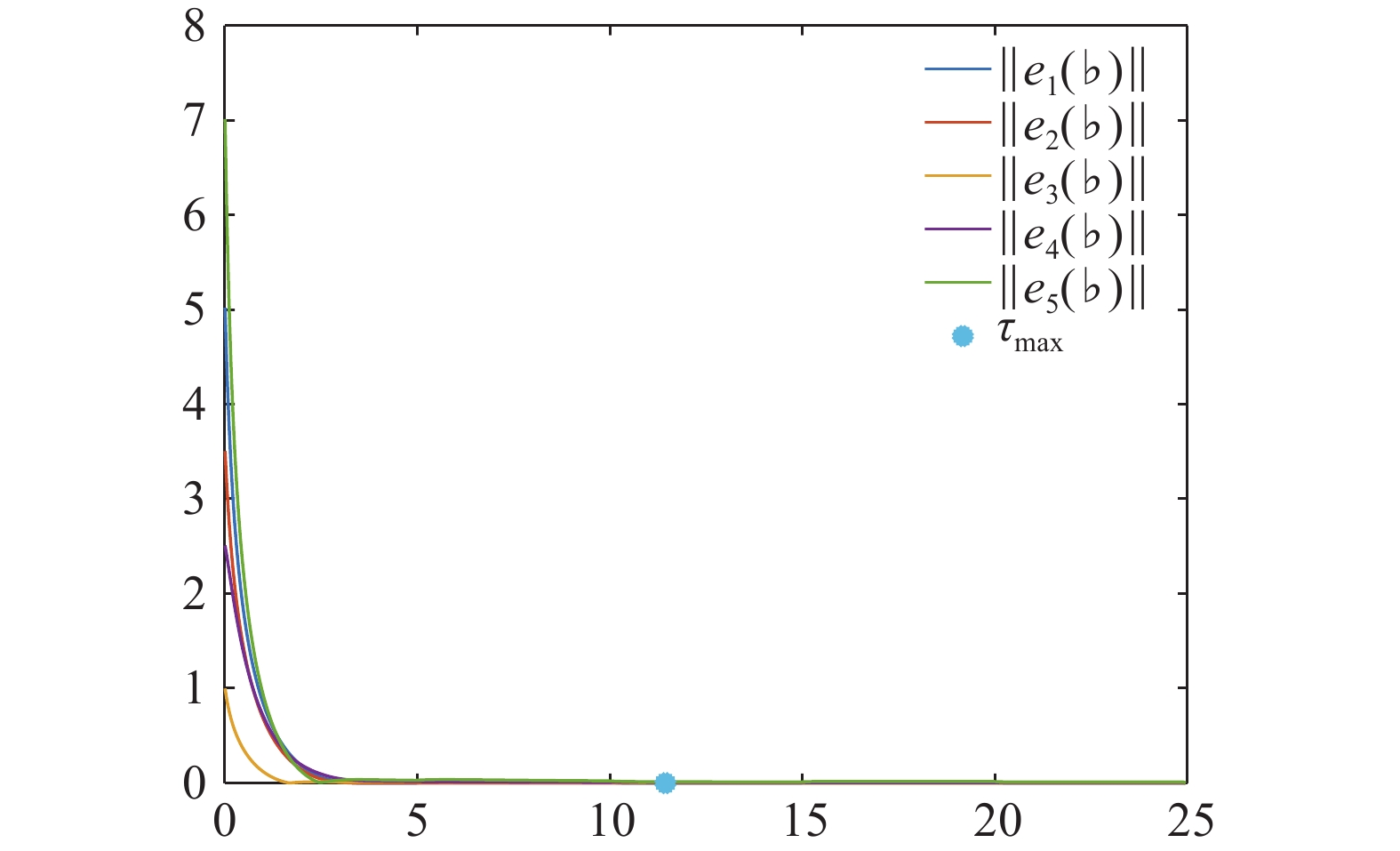
Figure 1. Evolution of for system (22) via controller (8) with settling time s.
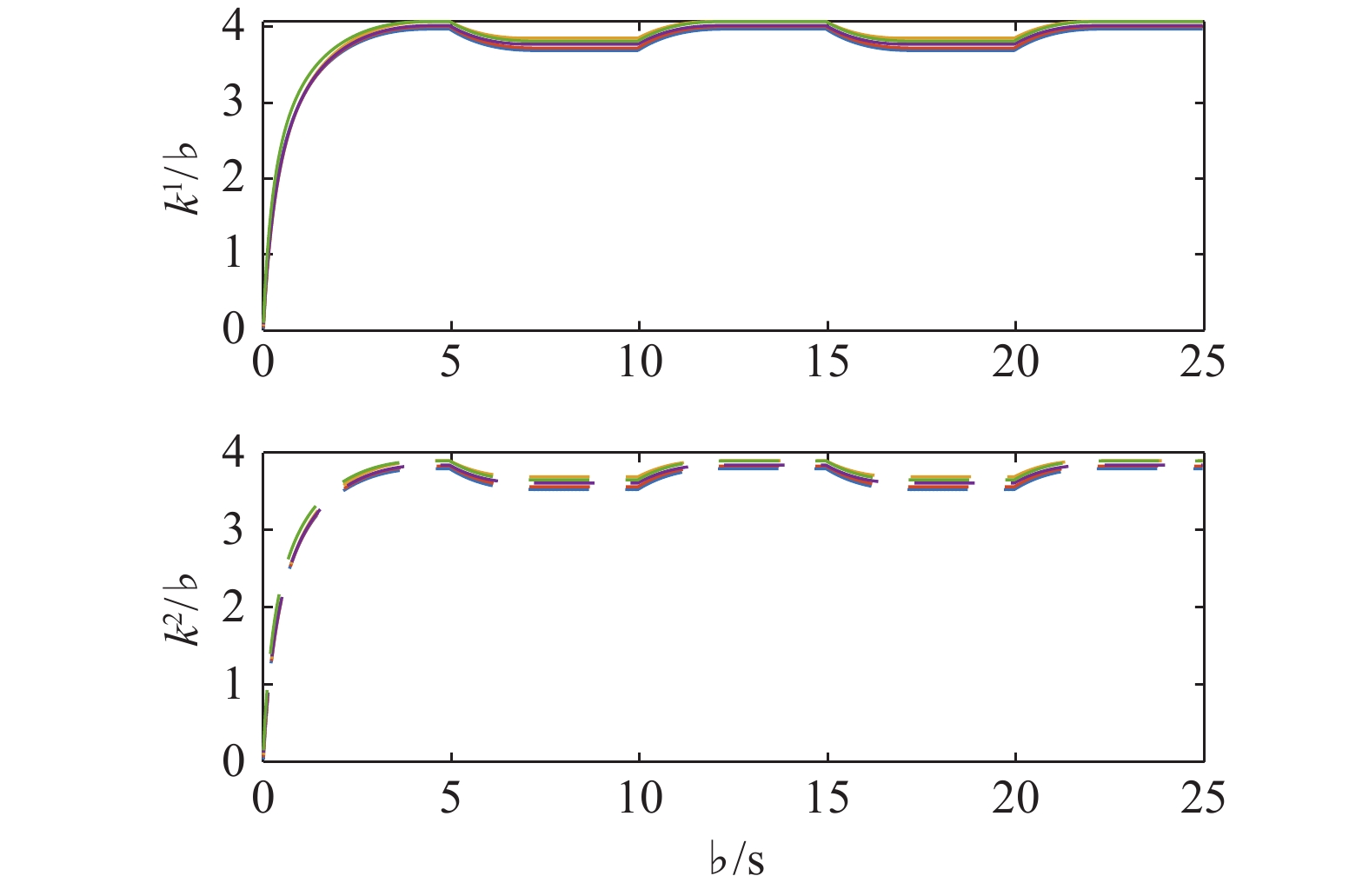
Figure 2. Evolution of adaptive gains of controller (8).
Example 4.2. This example studies a class of CNNs with multiple switching topologies, where the network is composed of five nodes, each with three dimensions. Moreover, we select as the activation function [13]:
where The matrices are chosen as
Then, there are four probably topologies and , and could be defined by and . The corresponding outer matrices are
According to the definition of , we can obtain . By using the YALMIP toolbox, one obtains the following matrices:
Under and
Under and
We choose parameters , , , and . The fixed time is calculated as seconds. The simulation results are displayed in Figures 3 and 4. In Figure 3, it is observed that the values of approach zero before the fixed time . As depicted in Figure 4, the values of converge to positive bounded values. Consequently, the network (24) achieves fixed-time synchronization according to Theorem 3.1 and controller (8).
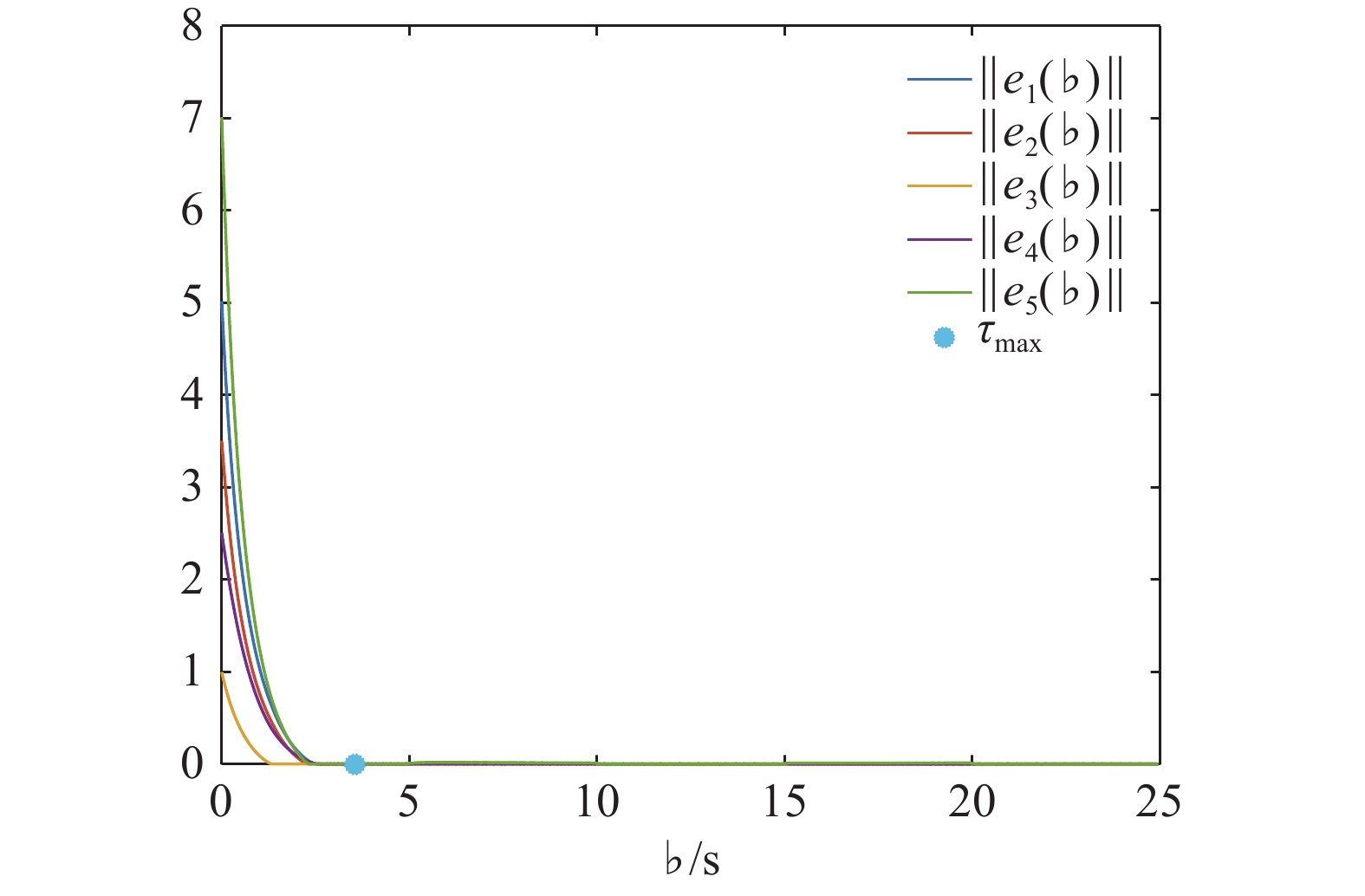
Figure 3. Evolution of for system (24) via controller (8) with settling time s.
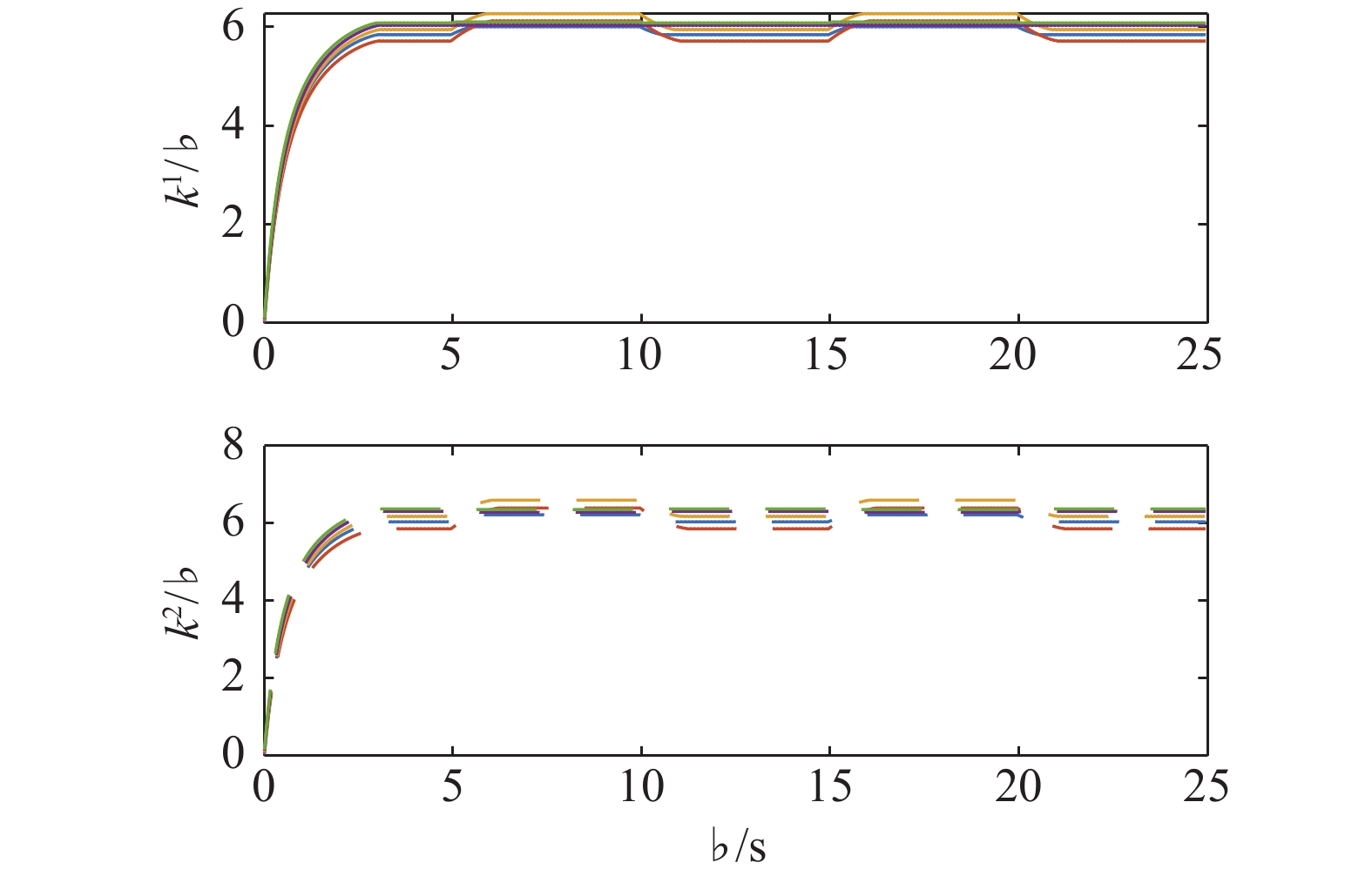
Figure 4. Evolution of adaptive gains of controller (8).
Example 4.3. To demonstrate the superiority of this paper’s control strategy, we compare our adaptive fixed-time control (AFTC) approach with the node-based adaptive control (NBAC) strategy [42] and the adaptive proportional-integral control (APIC) method [11]. For fair comparisons, we use the same parameters as in Example 4.2.
The simulation results are shown in Figures 5 and 6. In Figure 5, AFTC exhibits a faster convergence speed compared to NBAC and APIC. As depicted in Figure 6, the adaptive gains of APIC are the lowest among the methods. However, APIC cannot ensure that the system error remains at lower values. Therefore, our control method demonstrates superior performance.
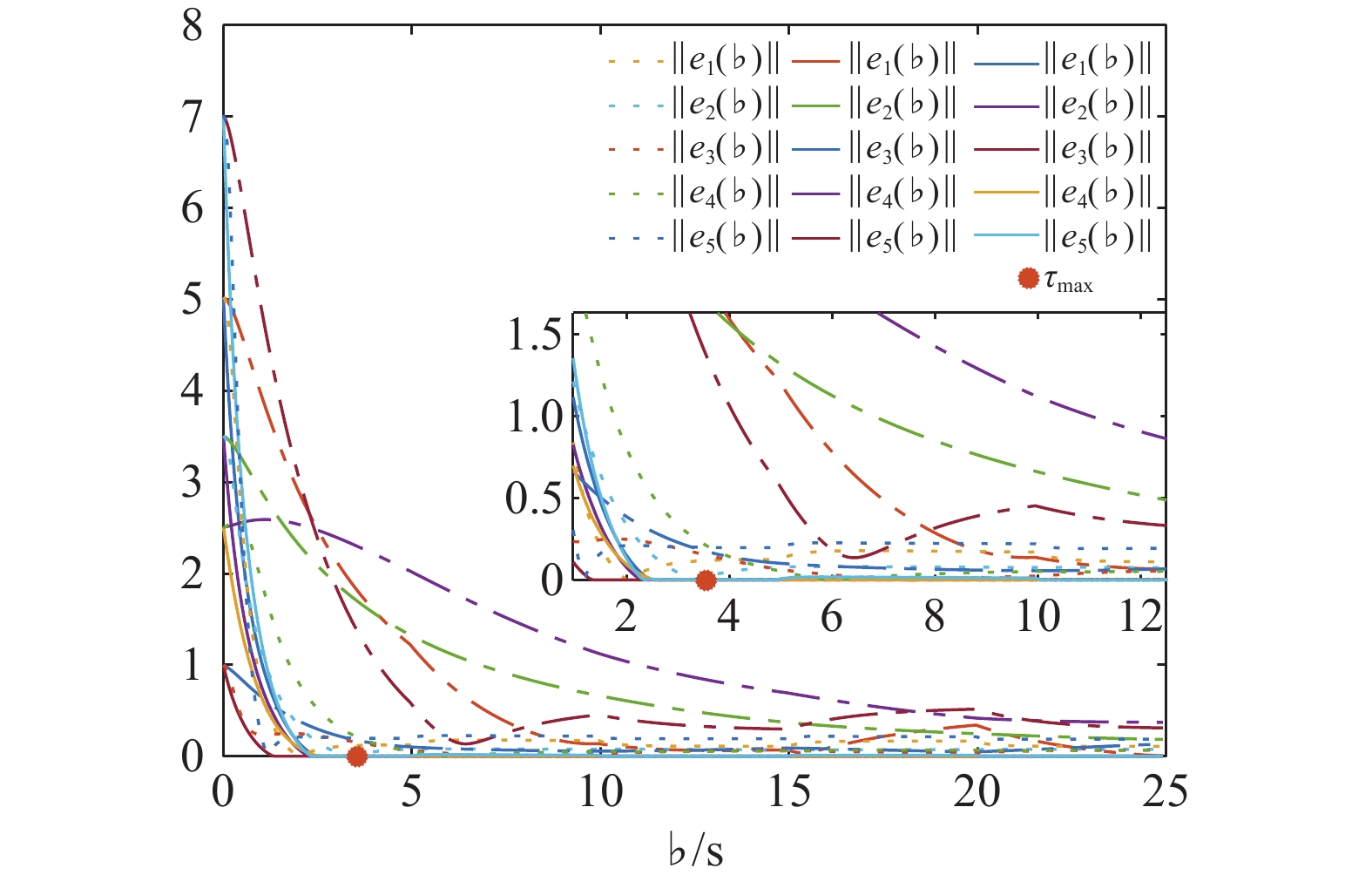
Figure 5. Evolution of based on AFTC, NBAC, and APIC.
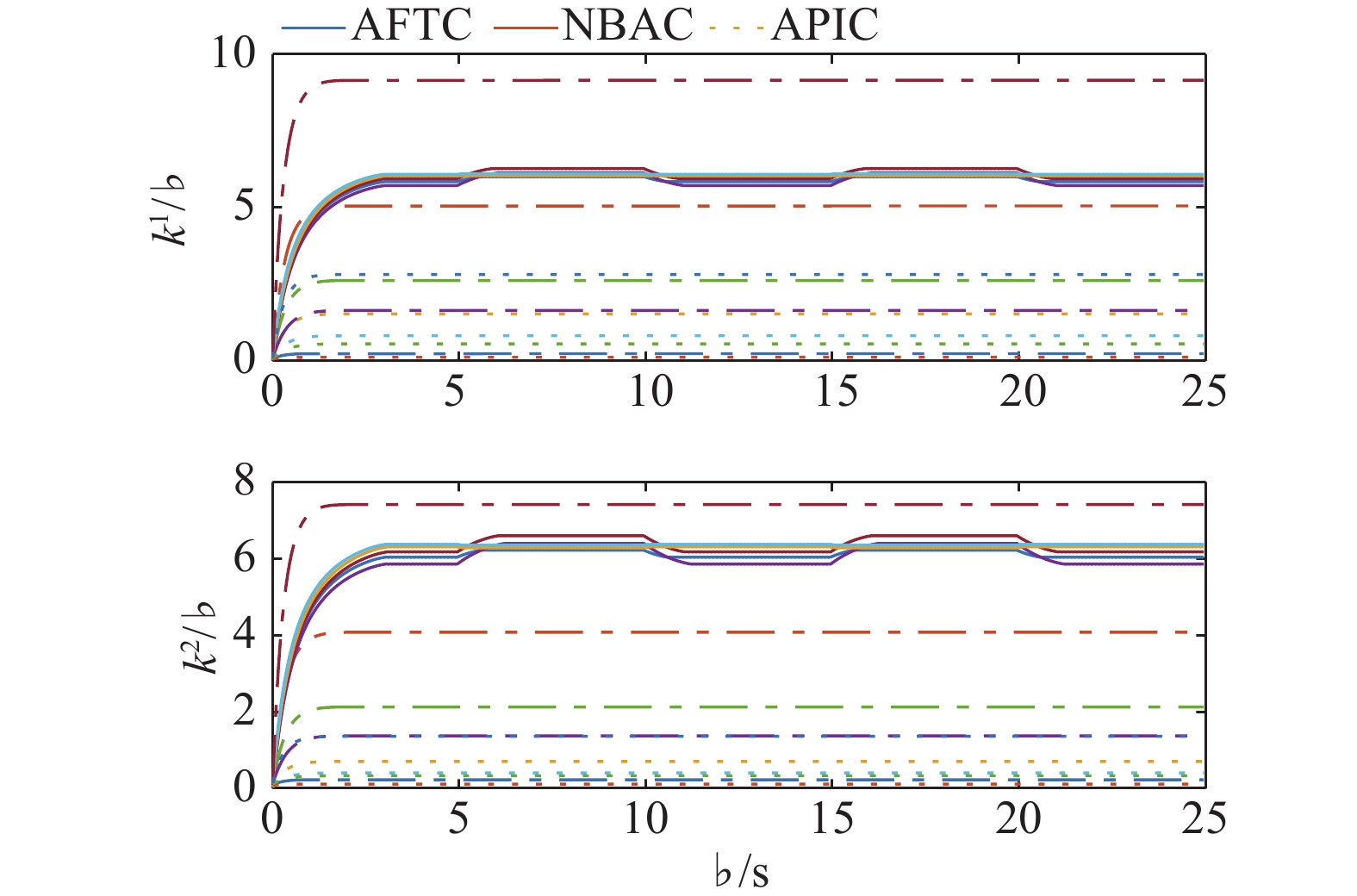
Figure 6. Evolution of adaptive gains of AFTC, NBAC, and APIC.
5. Conclusion
In this paper, we have tackled the issue of fixed-time synchronization for a class of CNNs with multiple switching topologies. We derived a theoretical criterion to guarantee fixed-time synchronization and developed an adaptive fixed-time control strategy. To validate our findings, we presented two numerical examples demonstrating the correctness and effectiveness of the proposed approach.
Author Contributions: Linhao Zhao: formal analysis, funding acquisition, methodology, writing - original draft. Boqian Li: formal analysis, software, conceptualization, methodology.
Data Availability Statement: No data was used for the research described in the article.
Conflicts of Interest: The authors declare that they have no known competing financial interests or personal relationships that could have appeared to influence the work reported in this paper.
Acknowledgments: Linhao Zhao’s work was supported in part by the China Scholarship Council.

References
- Zhou, J.; Chen, T.P.; Xiang, L. Chaotic lag synchronization of coupled delayed neural networks and its applications in secure communication. Circuits Syst. Signal Process, 2005, 24: 599−613. doi: 10.1007/s00034-005-2410-y
- Ouyang, D.Q.; Shao, J.; Jiang, H.J.; et al. Impulsive synchronization of coupled delayed neural networks with actuator saturation and its application to image encryption. Neural Netw, 2020, 128: 158−171. doi: 10.1016/J.NEUNET.2020.05.016
- Qiu, H.L.; Cao, J.D.; Liu, H. Passivity of fractional-order coupled neural networks with interval uncertainties. Math. Comput. Simul, 2023, 205: 845−860. doi: 10.1016/J.MATCOM.2022.10.029
- Long, H.; Ci, J.X.; Guo, Z.Y.; et al. Synchronization of coupled switched neural networks subject to hybrid stochastic disturbances. Neural Netw, 2023, 166: 459−470. doi: 10.1016/J.NEUNET.2023.07.045
- Tang, Z.; Jiang, C.H.; Wang, Y.; et al. Average impulsive weight based event-triggered impulsive synchronization on coupled neural networks. IEEE Trans. Netw. Sci. Eng, 2023, 10: 2180−2189. doi: 10.1109/TNSE.2023.3243248
- Wang, J.L.; Zhang, X.X.; Wen, G.G.; et al. Passivity and finite-time passivity for multi-weighted fractional-order complex networks with fixed and adaptive couplings. IEEE Trans. Neural Netw. Learn. Syst, 2023, 34: 894−908. doi: 10.1109/TNNLS.2021.3103809
- Zhao, L.H.; Wen, S.P.; Xu, M.; et al. PID control for output synchronization of multiple output coupled complex networks. IEEE Trans. Netw. Sci. Eng, 2022, 9: 1553−1566. doi: 10.1109/TNSE.2022.3147786
- Zhao, L.H.; Wen, S.P.; Li, C.J.; et al. A recent survey on control for synchronization and passivity of complex networks. IEEE Trans. Netw. Sci. Eng., 2022, 9: 4235−4254. doi: 10.1109/TNSE.2022.3196786
- Wang, J.L.; Zhao, L.H. PD and PI control for passivity and synchronization of coupled neural networks with multi-weights. IEEE Trans. Netw. Sci. Eng., 2021, 8: 790−802. doi: 10.1109/TNSE.2021.3052889
- Wu, X.Q.; Wu, X.Q.; Wang, C.Y.; et al. Synchronization in multiplex networks. Phys. Rep., 2024, 1060: 1−54. doi: 10.1016/j.physrep.2024.01.005
- Cao, Y.T.; Zhao, L.H.; Zhong, Q.S.; et al. Adaptive PI control for H∞ synchronization of multiple delayed coupled neural networks. Neurocomputing, 2023, 560: 126855. doi: 10.1016/J.NEUCOM.2023.126855
- Liu, X.L.; Wang, J.L.; Huang, T.W. Output synchronization for coupled neural networks with multiple delayed output couplings. IEEE Trans. Circuits Syst. II Express Briefs, 2022, 69: 4394−4398. doi: 10.1109/TCSII.2022.3182702
- Wang, L.; Bian, Y.G.; Guo, Z.Y.; et al. Lag H ∞ synchronization in coupled reaction-diffusion neural networks with multiple state or derivative couplings. Neural Netw., 2022, 156: 179−192. doi: 10.1016/J.NEUNET.2022.09.030
- Galicki, M. Finite-time control of robotic manipulators. Automatica, 2015, 51: 49−54. doi: 10.1016/J.AUTOMATICA.2014.10.089
- Wang, L.; Bian, Y.G.; Cao, D.P.;
et al . Hierarchical safe control of heterogeneous connected vehicle systems using adaptive fault-tolerant control.IEEE Trans. Veh. Technol .2024 , in press. doi: 10.1109/TVT.2024.3400971 - Bhat, S.P.; Bernstein, D.S. Finite-time stability of continuous autonomous systems. SIAM J. Control Optim., 2000, 38: 751−766. doi: 10.1137/S0363012997321358
- Rao, H.X.; Guo, Y.R.; Xu, Y.; et al. Nonfragile finite-time synchronization for coupled neural networks with impulsive approach. IEEE Trans. Neural Netw. Learn. Syst., 2020, 31: 4980−4989. doi: 10.1109/TNNLS.2020.3001196
- Tang, R.Q.; Su, H.S.; Zou, Y.; et al. Finite-time synchronization of Markovian coupled neural networks with delays via intermittent quantized control: Linear programming approach. IEEE Trans. Neural Netw. Learn. Syst., 2022, 33: 5268−5278. doi: 10.1109/TNNLS.2021.3069926
- Xu, Y.H.; Gao, Q.W.; Xie, C.R.; et al. Finite-time synchronization of complex networks with privacy-preserving. IEEE Trans. Circuits Syst. II Express Briefs, 2023, 70: 4103−4107. doi: 10.1109/TCSII.2023.3274634
- Tian, E.G.; Zou, Y.; Chen, H.T. Finite-time synchronization of complex networks with intermittent couplings and neutral-type delays. IEEE/CAA J. Autom. Sin., 2023, 10: 2026−2028. doi: 10.1109/JAS.2023.123171
- Qiu, S.H.; Huang, Y.L.; Ren, S.Y. Finite-time synchronization of multi-weighted complex dynamical networks with and without coupling delay. Neurocomputing, 2018, 275: 1250−1260. doi: 10.1016/J.NEUCOM.2017.09.073
- Xu, Y.; Li, Y.Z.; Li, W.X. Adaptive finite-time synchronization control for fractional-order complex-valued dynamical networks with multiple weights. Commun. Nonlinear Sci. Numer. Simul., 2020, 85: 105239. doi: 10.1016/J.CNSNS.2020.105239
- Zhao, L.H.; Wen, S.P.; Guo, Z.Y.; et al. Finite-time nonchattering synchronization of coupled neural networks with multi-weights. IEEE Trans. Netw. Sci. Eng., 2023, 10: 2212−2225. doi: 10.1109/TNSE.2023.3243610
- Wang, J.L.; Wu, H.Y.; Huang, T.W.; et al. Finite-time synchronization and H ∞ synchronization for coupled neural networks with multistate or multiderivative couplings. IEEE Trans. Neural Netw. Learn. Syst., 2024, 35: 1628−1638. doi: 10.1109/TNNLS.2022.3184487
- Polyakov, A. Nonlinear feedback design for fixed-time stabilization of linear control systems. IEEE Trans. Autom. Control, 2012, 57: 2106−2110. doi: 10.1109/TAC.2011.2179869
- Chen, X.Y.; Jia, T.Y.; Wang, Z.S.; et al. Practical fixed-time bipartite synchronization of uncertain coupled neural networks subject to deception attacks via dual-channel event-triggered control. IEEE Trans. Cybern, 2024, 54: 3615−3625. doi: 10.1109/TCYB.2023.3338165
- Gong, S.Q.; Guo, Z.Y.; Wen, S.P.; et al. Finite-time and fixed-time synchronization of coupled memristive neural networks with time delay. IEEE Trans. Cybern, 2021, 51: 2944−2955. doi: 10.1109/TCYB.2019.2953236
- Guo, Z.Y.; Xie, H.; Wang, J. Finite-time and fixed-time synchronization of coupled switched neural networks subject to stochastic disturbances. IEEE Trans. Syst. Man Cybern. Syst, 2022, 52: 6511−6523. doi: 10.1109/TSMC.2022.3146892
- Cao, Y.T.; Zhao, L.H.; Zhong, Q.S.; et al. Adaptive fixed-time output synchronization for complex dynamical networks with multi-weights. Neural Netw, 2023, 163: 28−39. doi: 10.1016/J.NEUNET.2023.03.032
- Liu, X.Y.; Shao, S.; Hu, Y.F.; et al. Fixed-time synchronization of multi-weighted complex networks via economical controllers. Neural Process. Lett, 2022, 54: 5023−5041. doi: 10.1007/S11063-022-10846-1
- Shi, J.Y.; Zhou, P.P.; Cai, S.M.; et al. On finite-/fixed-time synchronization of multi-weighted dynamical networks: A new unified control approach. Neural Comput. Appl, 2023, 35: 5769−5790. doi: 10.1007/S00521-022-07979-8
- Wen, G.H.; Yu, X.H.; Yu, W.W.; et al. Coordination and control of complex network systems with switching topologies: A survey. IEEE Trans. Syst. Man Cybern. Syst, 2021, 51: 6342−6357. doi: 10.1109/TSMC.2019.2961753
- Hu, T.T.; Park, J.H.; Liu, X.Z.; et al. Sampled-data-based event-triggered synchronization strategy for fractional and impulsive complex networks with switching topologies and time-varying delay. IEEE Trans. Syst. Man Cybern. Syst, 2022, 52: 3568−3580. doi: 10.1109/TSMC.2021.3071811
- Yang, Q.J.; Wu, H.Q.; Cao, J.D. Pinning exponential cluster synchronization for fractional-order complex dynamical networks with switching topology and mode-dependent impulses. Neurocomputing, 2021, 428: 182−194. doi: 10.1016/J.NEUCOM.2020.11.031
- Chen, Y.G.; Wang, Z.D.; Hu, J.; et al. Synchronization control for discrete-time-delayed dynamical networks with switching topology under actuator saturations. IEEE Trans. Neural Netw. Learn. Syst, 2021, 32: 2040−2053. doi: 10.1109/TNNLS.2020.2996094
- Yang, X.S.; Li, X.D.; Lu, J.Q.; et al. Synchronization of time-delayed complex networks with switching topology via hybrid actuator fault and impulsive effects control. IEEE Trans. Cybern, 2020, 50: 4043−4052. doi: 10.1109/TCYB.2019.2938217
- Wang, S.B.; Cao, Y.T.; Guo, Z.Y.; et al. Periodic event-triggered synchronization of multiple memristive neural networks with switching topologies and parameter mismatch. IEEE Trans. Cybern, 2021, 51: 427−437. doi: 10.1109/TCYB.2020.2983481
- Wang, J.L.; Wang, L.; Wu, H.N. Synchronization for complex networks with multiple state or delayed state couplings under recoverable attacks. IEEE Trans. Syst. Man Cybern. Syst, 2023, 53: 38−48. doi: 10.1109/TSMC.2022.3164792
- Cao, Y.T.; Zhao, L.H.; Zhong, Q.S.; et al. Synchronization of coupled neural networks with multiple switching topologies via adaptive control techniques. Int. J. Robust Nonlinear Control, 2024, 34: 8661−8675. doi: 10.1002/rnc.7409
- Hardy, G.H.; Littlewood, J.E.; Pólya, G.
Inequalities , 2nd ed.; Cambridge University Press: Cambridge, 1952. - Horn, R.A.; Johnson, C.R.
Topics in Matrix Analysis ; Cambridge University Press: Cambridge, 1991. - Zhao, L.H.; Wen, S.P.; Zhu, S.; et al. Robust H ∞ pinning synchronization for multiweighted coupled reaction-diffusion neural networks. IEEE Trans. Cybern, 2023, 53: 6549−6561. doi: 10.1109/TCYB.2022.3223713







